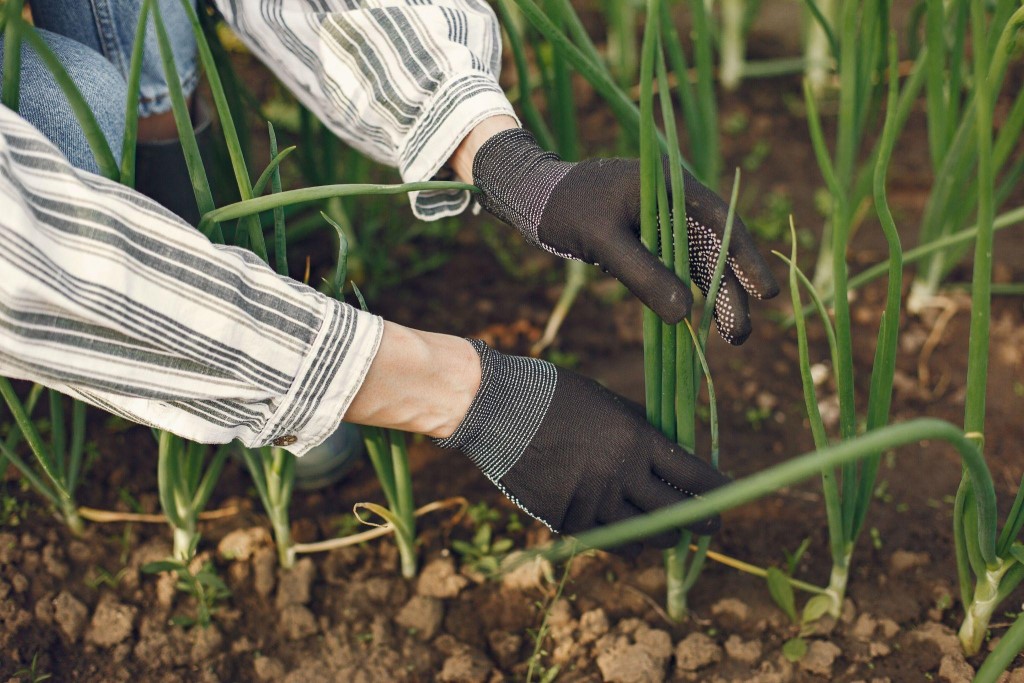If we talk about good agricultural practices, no-tillage is one of the main issues. It emerges as an innovative and sustainable way that revolutionized the way of farming and that more and more producers adopt for their fields. What is no-tillage, how does it work and why is it so important for the future of agriculture.
Direct seeding, what it is and how it works
In principle, it is good to explain that direct seeding is a different cultivation method from the rest. It offers the possibility of getting the seed directly to the ground, without the need to plow or till the land before doing so.
Unlike other forms of planting that involve soil removal, no-tillage focuses on keeping the topsoil of the planting area intact, which brings many benefits not only to the land but also to the environment.
The fundamental principles of no-tillage have to do with soil conservation and the efficiency of agriculture and are based on some key precepts:
Use of previous crop residues: After harvest, the remains of previous crops remain in the soil and act as a protective layer that prevents soil erosion and provides nutrients as they decompose.
Does not till the soil: No-till seeders open small grooves in the soil to deposit the seeds. This prevents the soil from being disturbed and reduces the loss of nutrients and moisture.
Direct seeding, a good agricultural practice
Good agricultural practice is considered to be a cultivation approach or method that maximizes agricultural productivity while ensuring sustainability. That it also seeks to minimize negative impacts on the environment, human health and natural resources. The basis of good agricultural practices is in the balance between food production with the conservation of land, water and biodiversity.
One of the main benefits of no-tillage is soil conservation. Avoid tillage, minimize erosion and soil degradation. The topsoil acts as a natural barrier that protects the structure and fertility of the soil.
Direct seeding contributes to the retention of moisture in the soil. The residue layer and the absence of disturbances allow the soil to retain more water, which is essential in drought-prone areas.
Over time, no-tillage improves soil quality by increasing organic matter and beneficial microorganisms. This results in a more fertile and healthy soil that benefits crop growth.
The environment and the producer, the main beneficiaries
No-till, compared to other ways of farming, can contribute to reducing greenhouse gas emissions thanks to its low impact on the soil, which can release stored carbon.
In addition, direct seeding allows the biodiversity present in the land to be maintained thanks to the minimal intervention of the land. Also, it promotes greater water efficiency, this is especially important and valuable in regions with limited water resources or long dry seasons.
Growers can also benefit from no-till. In principle, the reduction of costs thanks to the elimination of tillage work, fuel consumption and optimization of the use of seeds and fertilizers
Virkar Group develops the best no-till machines
In line with good agricultural practices, Virkar Group maintains a firm commitment to sustainability. We develop modern, efficient and high quality direct seeding seeders. We are clear about the needs of the producer, and we understand that each field has its own characteristics, which is why our machines offer a high capacity for adaptation and versatility. You can see them in action through our exclusive multimedia content and learn about their technical details.
